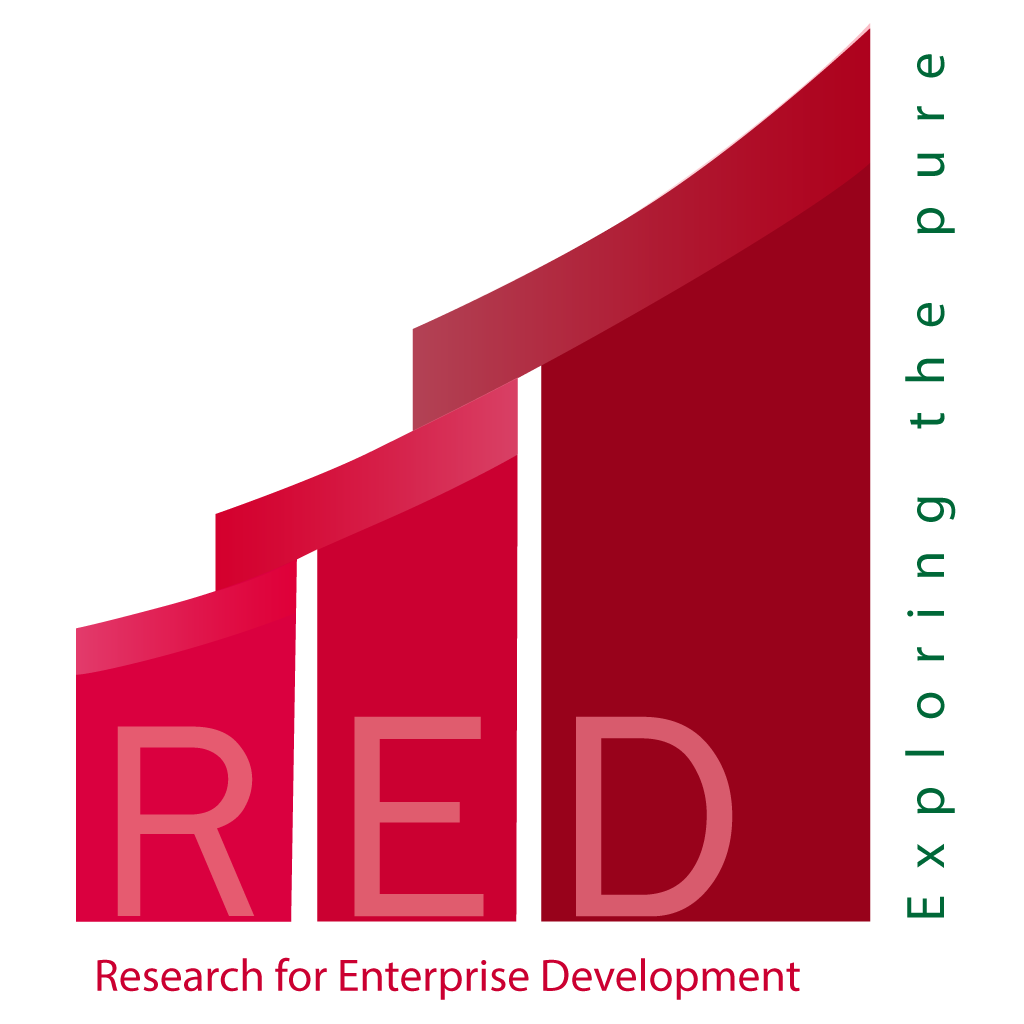Both cognitive automation and intelligent process automation fall within the category of RPA augmented with certain intelligent capabilities, where cognitive automation has come to define a sub-set of AI implementation in the RPA field. As confusing as it gets, cognitive automation may or may not be a part of RPA, as it may find other applications within digital enterprise solutions. Unstructured data is often a problem for RPA as it struggles to comprehend what is being sent through the system.
We’ve created Cognitive Mill™ to make this world a better and more understandable place. We already process more than 100 hours of media per day, but we aim to increase it to 2000 hours of media daily. When I joined AIHunters, Cognitive Mill™ already had six products and even more amazing solutions. I was surprised at how cool it was and I can’t wait to share it with you. I was binge-watching YouTube videos, binge-reading articles — anything that could help me understand what I was into. The team needed someone to introduce the daring ideas they made real to the world.
Fourth Industrial Revolution: How Can Cognitive Automation Reinvent How We Work?
RPA rises the bar of the work by removing the manually from work but to some extent and in a looping manner. But as RPA accomplish that without any thought process for example button pushing, Information capture and Data entry. Extend the reach of your automation program with AI, computer vision, and Natural Language Understanding, Generation and Processing, among other cognitive technologies.
Is intelligent automation the same as AI?
In the broadest sense, artificial intelligence is a tool for problem solving, while intelligent automation looks to use many tools together to tackle big issues.
The absence of a platform with cognitive capabilities poses significant challenges in accelerating digital transformation. If scale-up is to achieve the desired results, firms must also focus on improving productivity. Many, for example, plan to grow their way into productivity—adding customers and transactions without adding staff. Companies that cite head count reduction as the primary justification for the AI investment should ideally plan to realize that goal over time through attrition or from the elimination of outsourcing.
What are the benefits of RPA today?
RPA is a software technology used to easily build, deploy, and manage software robots to imitate human actions in interactions with digital systems and software. The tasks RPAs handle include information filling in multiple places, data reentering, copying, and pasting. The next breed of Business Process Automation is Intelligent Process Automation (IPA).

The intelligence covers the technology that enables apps, websites, bots, etc., to see, speak, hear, and understand users’ needs through natural language. This is the aspect of cognitive intelligence that will be discussed in this article from now on. For those that can reach the cost and timelines required of Intelligent Process Automation, there are a great deal of applications within reach that exceed the capabilities of “if this, then that” statements alone. While Robotic Process Automation is not able to read documents, Intelligent Process Automation gets us started down this path.
Our solutions
In a nutshell, intelligent automation is composed of robotic process automation (RPA), artificial intelligence (AI), and machine learning (ML). Hyperautomation is a disciplined, business-driven approach that organizations use to quickly identify, examine and automate as many business and IT processes as possible. Consequently, intelligent automation is most often used as part of hyperautomation efforts. For example, Digital Reasoning’s AI-powered process automation solution allows clinicians to improve efficiency in the oncology sector. With the help of deep learning and artificial intelligence in radiology, clinicians can intelligently assess pathology and radiology reports to understand the cancer cases presented and augment subsequent care workflows accordingly.
Is cognitive and AI same?
In short, the purpose of AI is to think on its own and make decisions independently, whereas the purpose of Cognitive Computing is to simulate and assist human thinking and decision-making.
A lot of machinery maintenance work depends on analyzing visual information. By sending the images of machinery to an algorithm, a maintenance department will be able to receive an initial visual analysis before human involvement. This can also be applied in the insurance industry to support claims assessment. For instance, an image of a damaged car can provide an initial estimation of financial coverage. Recognizing written characters requires machines to “read” each symbol and learn how to understand them in combination.
Machine Learning
What we know today as Robotic Process Automation was once the raw, bleeding edge of technology. Compared to computers that could do, well, nothing on their own, tech that could operate on its own, firing off processes and organizing of its own accord, was the height of sophistication. However, that this was only the start in an ever-changing evolution of business process automation. The pressure on ITSM teams has increased dramatically with the widespread adoption of remote work. Greater reliance on cloud-based applications and virtual desktops also multiplied their scope of work.
- In our survey, only 22% of executives indicated that they considered reducing head count as a primary benefit of AI.
- If it meets an unexpected scenario, the AI can either resolve it or file it out for human intervention, and an RPA robot would have broken down.
- RPA rises the bar of the work by removing the manually from work but to some extent and in a looping manner.
- An organization invests a lot of time preparing employees to work with the necessary infrastructure.
- The integration of these three components creates a transformative solution that streamlines processes and simplifies workflows to ultimately improve the customer experience.
- However, the AI-based systems can still be used for error handling as they can recognize potential mistakes and highlight them for their human counterparts.
With the closed code-base, you entrust the data you work with to the vendor, hoping that no critical error will harm the bot. There are also open-source players like Kantu, offering an alternative to the industry behemoths. For instance, computer vision can be used to convert written text in documents into its digital copy to be further processed by a standard RPA system. Or this may be a standalone interpretation to digitize paper-based documentation. McKinsey suggests applying text generation techniques to automatically create reports.
Quality Analysis
Processing international trade transactions require paperwork processing and regulatory checks including sanction checks and proper buyer and seller apportioning. For instance, in the healthcare industry, cognitive automation helps providers better understand and predict the impact of their patients health. Cognitive automation can perform high-value tasks such as collecting and interpreting diagnostic results, suggesting database treatment options to physicians, dispensing drugs and more.
- Tasks can be automated with intelligent RPA; cognitive intelligence is needed for tasks that require context, judgment, and an ability to learn.
- Hyperautomation, in turn, is the pinnacle of intelligent automation, which leaders are now aiming for.
- To get the most out of AI, firms must understand which technologies perform what types of tasks, create a prioritized portfolio of projects based on business needs, and develop plans to scale up across the company.
- Just because executives and boards of directors may feel pressure to “do something cognitive” doesn’t mean you should bypass the rigorous piloting process.
- In this infographic from Cognilytica we explore the four levels of cognitive automation.
- It presents the data in a consumable format to management to make informed decisions.
In time, cognitive technologies will transform how companies do business. Today, however, it’s wiser to take incremental steps with the currently available technology while planning for transformational change in the not-too-distant future. You may ultimately want to turn customer interactions over to bots, for example, but for now it’s probably more feasible—and sensible—to automate your internal IT help desk as a step toward the ultimate goal.
Engagement of the Customer
You must start somewhere though and most organisations tend to do so at the more basic end. RPA allows businesses to manage volume quickly and cost-effectively before stepping up to cognitive automation once they are ready to handle volume and complexity. It’s all about getting the right mix for your needs and partnering with a quality vendor for guidance on your automation journey is highly recommended. At the end of the day, embracing RPA and cognitive automation is all about putting oneself in the best position to empower employees and improve customer experience. Put simply, RPA involves automating menial and repetitive tasks; cognitive automation adds an all-important extra layer of AI and machine learning. Alternatively, Cognitive Automation uses artificial intelligence (AI) and machine learning to mimic human thought and actions to help solve more complex problems and gain key insights from data.

The integration of these components to create a solution that powers business and technology transformation. Consider the example of a banking chatbot that automates metadialog.com most of the process of opening a new bank account. Your customer could ask the chatbot for an online form, fill it out and upload Know Your Customer documents.
What is the difference between automation and intelligence?
Automation is a type of software that follows pre-programmed rules. Artificial Intelligence (AI) is software designed to simulate human thinking. Machine Learning (ML) is a subset of AI that starts without knowledge and becomes intelligent.
